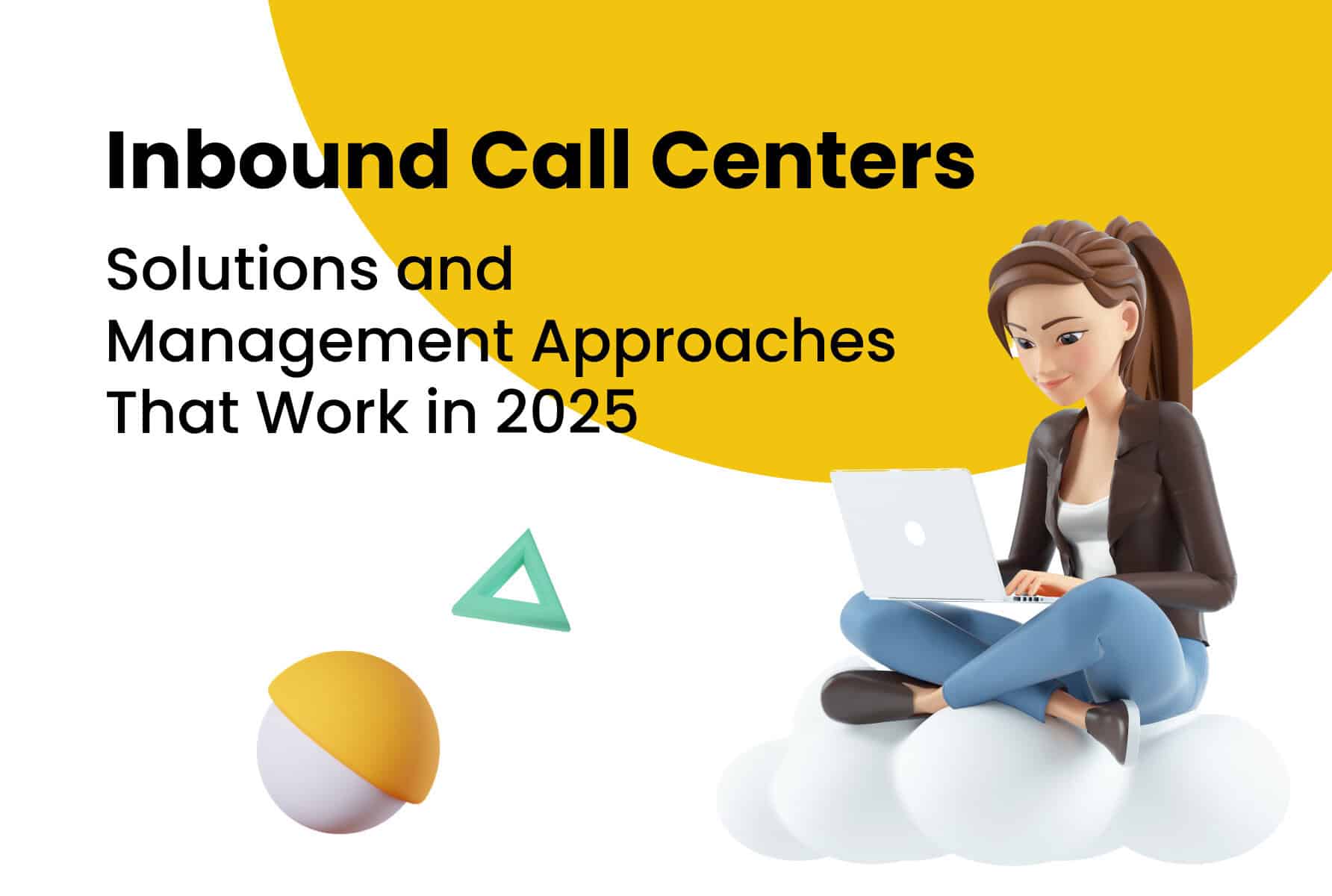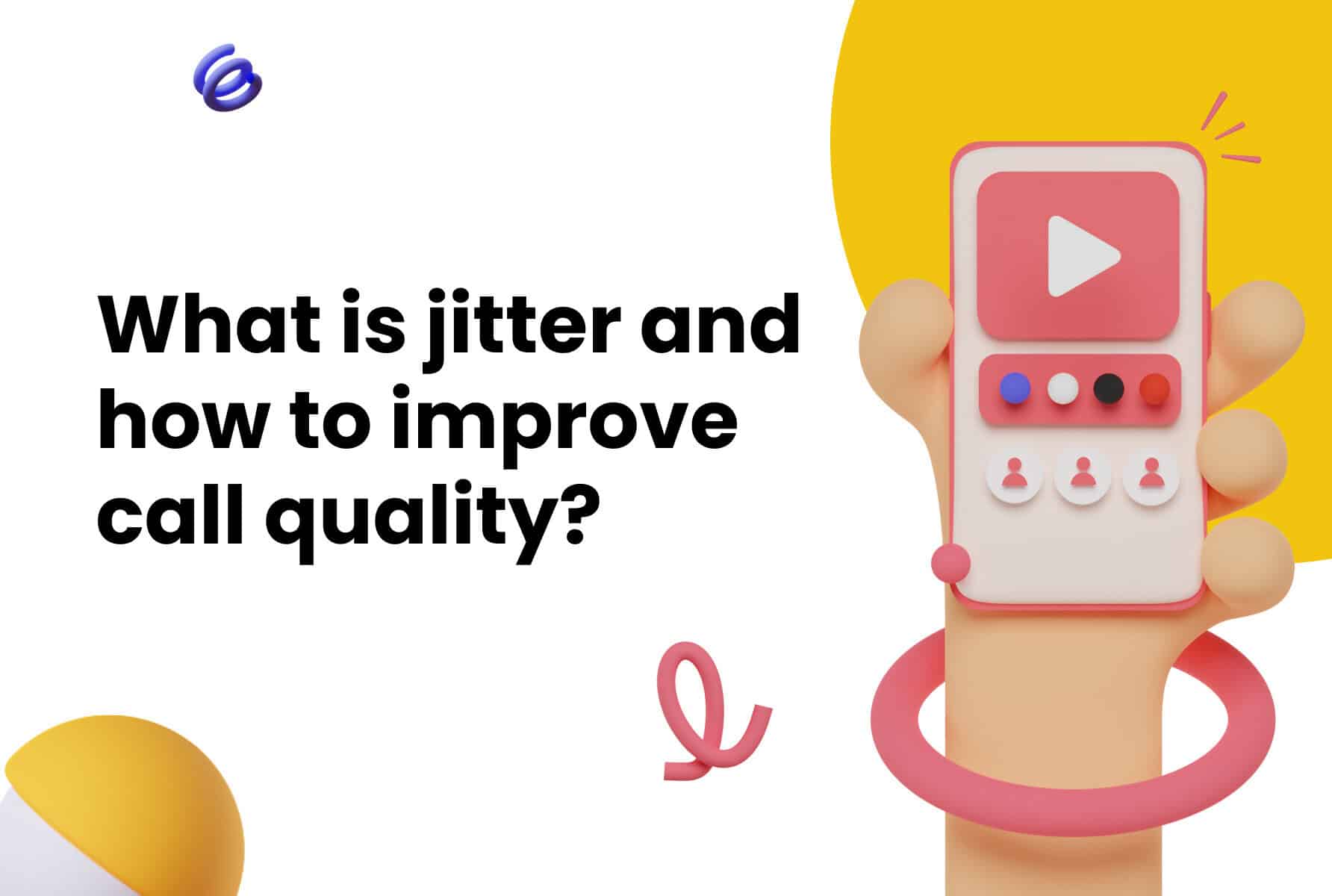According to Bloomberg, firms are bracing themselves for a Great Resignation in 2022 – to some this is already a reality.
Workers have been increasingly walking away from jobs as they re-evaluate their work-life balance. It’s very much a jobseeker’s market right now.
In the recruitment space itself, demand for recruiters is up by over 300%.
A study by Textkernel shows that there’s a significant rise in job listings for recruiter roles. Both in corporate and direct hire positions as well as in staffing and recruitment agencies. Staffing firms and direct employers need to make use of their restricted pool of applicants more intensively.
At a time when firms are struggling to find the right people, any tool that can help to engage with more customers using fewer staff is going to be useful.
Many of the engagements that we see as ripe for some automation, are in the (high volume) temp recruitment space. Where the same interaction needs to be performed repeatedly and at scale.
Often these are the parts that are not conducive to a good work-life balance: boring, repetitive and stressful.
What if there was a way recruiters could magic up an extra pair of hands to help with these tasks?
Imagine…A robot helper that tirelessly sifts through the huge amounts of data that is collected. And even better, the data is turned into useful insights.

We’re starting to see sophisticated bots that can be trained to perform these tasks. Either through rule-based transformations on existing datasets, or through machine learning models that can proactively seek out patterns in the data and action events off the back of those insights.
Recruiters often have large volumes of untapped data. Normally this is information about candidates who were logged in the system some time ago, but the provenance of which is uncertain.
This long trail of data is often difficult to use. And the time spent manually trawling through it is often just not worth the effort.
Enter: workflow automation
Workflow automation systems can go through this large list and make contact with these candidates. For example, by sending a text message with a call-to-action link.
If a candidate is still in the market, they can then be passed to a human agent for contact.
The bot never gets tired or disheartened when the contact turns out to be cold. They’re quite as happy working through a list of 20 candidates (or 20,000!).
You can even spin up additional bots based on your data volumes. And the cost and time involved will be a fraction of what’s required for humans to carry out the work.
There’s two markers of satisfaction that you need focus on: candidate satisfaction and agent happiness.

Your candidates need to have a good experience. Their time shouldn’t be wasted, and they shouldn’t have to go through lengthy workflows. Likewise agent churn is a massive issue in the industry. So, anything you can do to keep your agents on board, and keep them motivated and productive, is great.
Workflow automation helps with both these aspects. You can reduce the time it takes to place a candidate from weeks to days or even hours.
At the same time you can reduce stress on agents by offloading the tedious, time-consuming tasks they hate, and improving the quality of agent-candidate interactions. Basically, matching candidates who are already a good fit, and actively looking for a job change.
Think, for example, of making an outbound call. If you can automate this and get a voice assistant to make the call; check whether there’s a real human being or not on the other end, and then based on that decide whether to route to a human agent for pickup, leave a voicemail, hang-up, or some other action. Getting people to dial numbers just to see whether there is a real human being on the other end is actually quite an inefficient way of working.
At CloudCall we see that our customers are still using the phone as the primary means of communicating with candidates. But this has been augmented by other channels: texting, use of messaging apps such as WhatsApp and LinkedIn, and video technologies such as MS Teams and Zoom.

These channels may be used interchangeably throughout the period of engagement with the candidate.
We already support a unified view of the candidate through the ability to synchronize activity data with the CRM. A typical workflow integration can trigger messages to the candidate at various points along the journey.
For instance, an initial outreach to re-awaken the candidate and verify whether they are interested in taking things further. More touch-points along the journey can then be triggered. We find that text messaging is one of the most effective channels. In fact, SMS open rates are as high as 98%, compared to just 20% for emails.
CloudCall’s new SMS Automation feature provides a straightforward API for workflow automation systems to trigger a text action. Checking up on a candidate’s status and state of mind by sending a text can be a light-touch way of making them feel that they are being looked after.
It’s all about creating that intimacy without bugging them repeatedly.



